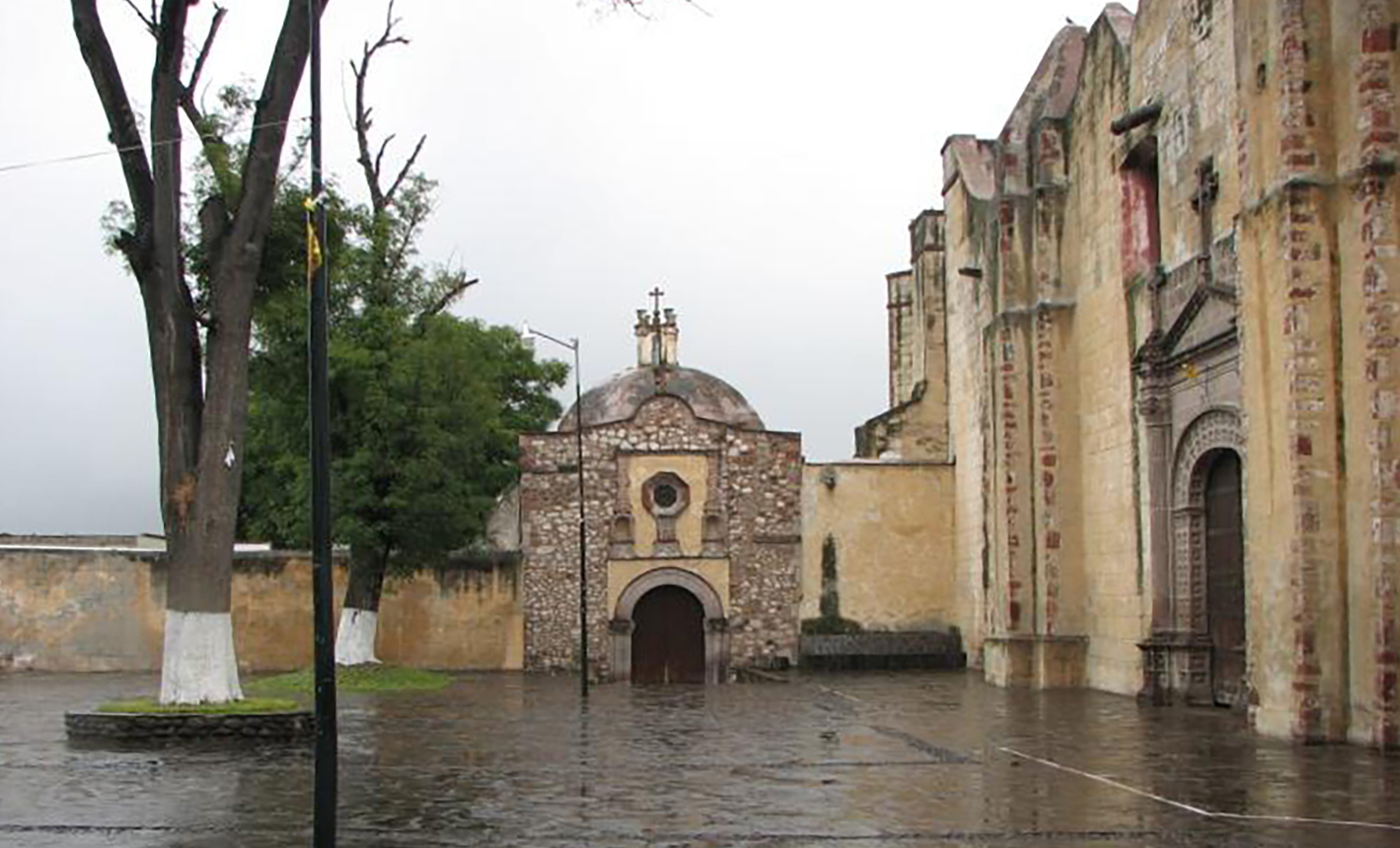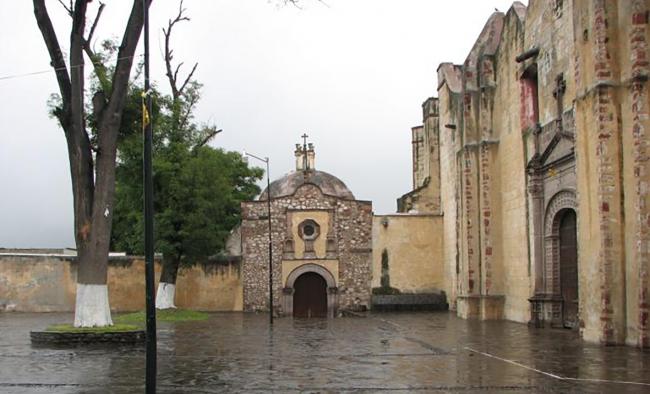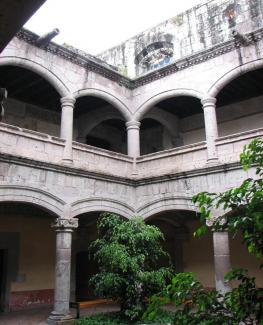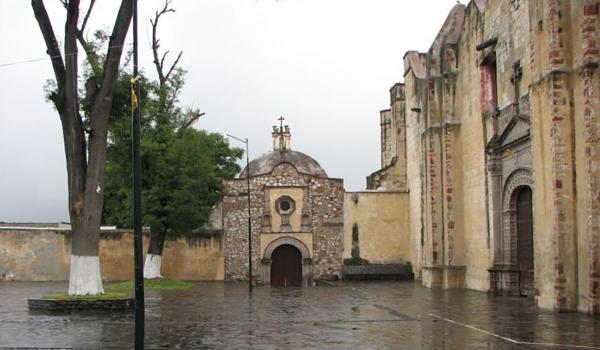Antiguo convento de San Francisco en Tepeji del Río y puente
Route element
Antiguo convento de San Francisco en Tepeji del Río y puente
During the colonial era, the current territory of the state of Hidalgo was of great importance due to its missionary activity. Several churches and convents were founded in what was called the Province of the Holy Gospel, which were under the jurisdiction of the Archdiocese of Mexico. The extensive missionary activity began in the pre-Hispanic center of Tula, led by the Franciscans, the first order to arrive in the province. Additionally, the first significant mines near Mexico City were discovered in the state of Hidalgo.
In 1558, under the orders of the civil government and the Franciscans based in Tula, it was decided to build a Franciscan convent with the purpose of evangelizing and pacifying two indigenous tribes that were in constant conflict. This led to the foundation of two towns that same year: Tepeji del Río and San Francisco del Río, which later became considered as one due to their proximity.
The construction of the Franciscan church and convent began in 1560, directed by the Franciscan friar Diego Grado Cornejo, and was completed by 1586. The interior of the church is adorned with sober classical elements typical of that century and contains some works by renowned painters such as Juan Correa and Francisco Martínez. The construction features a large atrium, uncommon in religious buildings along the route.
The old cemetery is surrounded by reinforced walls, and inside are three pleasant, decorated burial chapels. The facade of the architectural complex is simple and austere, characteristic of most constructions by the Franciscan order in New Spain.
The convent and parish of Tepeji del Río ceased to belong to the Franciscans in 1768, passing into the hands of secular priests, although they continued to belong to the Archdiocese of Mexico.
After its foundation, the town of Tepeji del Río would become an important resting point for travelers along the Camino Real de Tierra Adentro, on the stretch between Mexico City and San Juan del Río.






